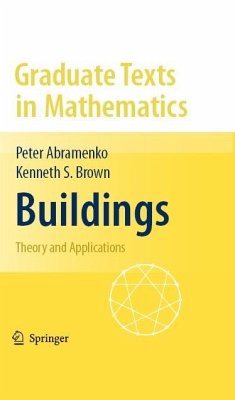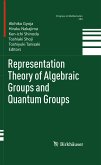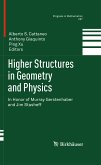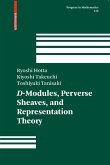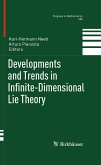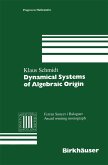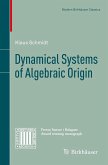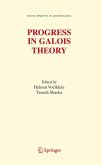There are several paths through the book, so that readers may choose to concentrate onone particular approach. The pace is gentle in the elementary parts of the book, and the style is friendly throughout. All concepts are well motivated. There are thorough treatments of advanced topics such as the Moufang property, with arguments that are much more detailed than those that have previously appeared in the literature.
This book is suitable as a textbook, with many exercises, and it may also be used for self-study.
Dieser Download kann aus rechtlichen Gründen nur mit Rechnungsadresse in A, B, BG, CY, CZ, D, DK, EW, E, FIN, F, GR, HR, H, IRL, I, LT, L, LR, M, NL, PL, P, R, S, SLO, SK ausgeliefert werden.
American Mathematical Society Mathematical Reviews MR2439729:
"The book under review ... is the first encyclopedic treatment of buildings made available in the literature, so that with writing this book the authors manage to close a serious gap in the mathematical literature: the non-existence of an easily accessible reference for buildings beyond an introduction.
In their introduction the authors state that it is their ``goal in this book to treat buildings from all three ... points of view [via the simplicial, the combinatorial, and the metric approach]. The various approaches complement one another and are useful. On the other hand, [the authors] recognize that some readers may prefer one particular viewpoint. [The authors] have therefore tried to create more than one path through the book so that, for example, the reader interested only in the combinatorial approach can learn the basics without having to spend too much time studying buildings as simplicial complexes.'' In the reviewer's opinion, the authors perfectly reach this goal and, moreover, manage to show that the theory of buildings and their applications are active, thriving, exciting and beautiful areas of mathematics. This book is very well written. The reviewer is sure that it will become a standard reference for buildings and remain one for a very long time.
... The main advantages of the combinatorial approach to buildings are that it is elementary and abstract and, hence, easily accessible. Since the simplicial and combinatorial approaches are equivalent..., one can always work with the one which is more suitable for one's own problems or more appealing to one's own taste. It is indeed one of the great achievements of this book to introduce both concepts simultaneously and to combine them in a natural way.
... Chapter 8 is extremely valuable for students and researchers interested in the theory of twin buildings, as it makes the theory... easily accessible. It is particularly important for the mathematical community that the folklore Theorem 8.27 has finally been recorded.
... Altogether, the book under review is a wonderful piece of work that will have many enthusiastic readers."
"This book is the first one which presents all of the different approaches to buildings alongside one another, and it does so in an accessible yet thorough manner which should prove extremely useful to anyone wishing to learn more about this interesting area of mathematics. The goal of presenting this introductory material in one place would be laudable enough. ... this book is an extremely valuable addition to the mathematical literature. ... it should also be an essential resource for experts in the area." (Michael Bate, Zentralblatt MATH, Vol. 1214, 2011)

